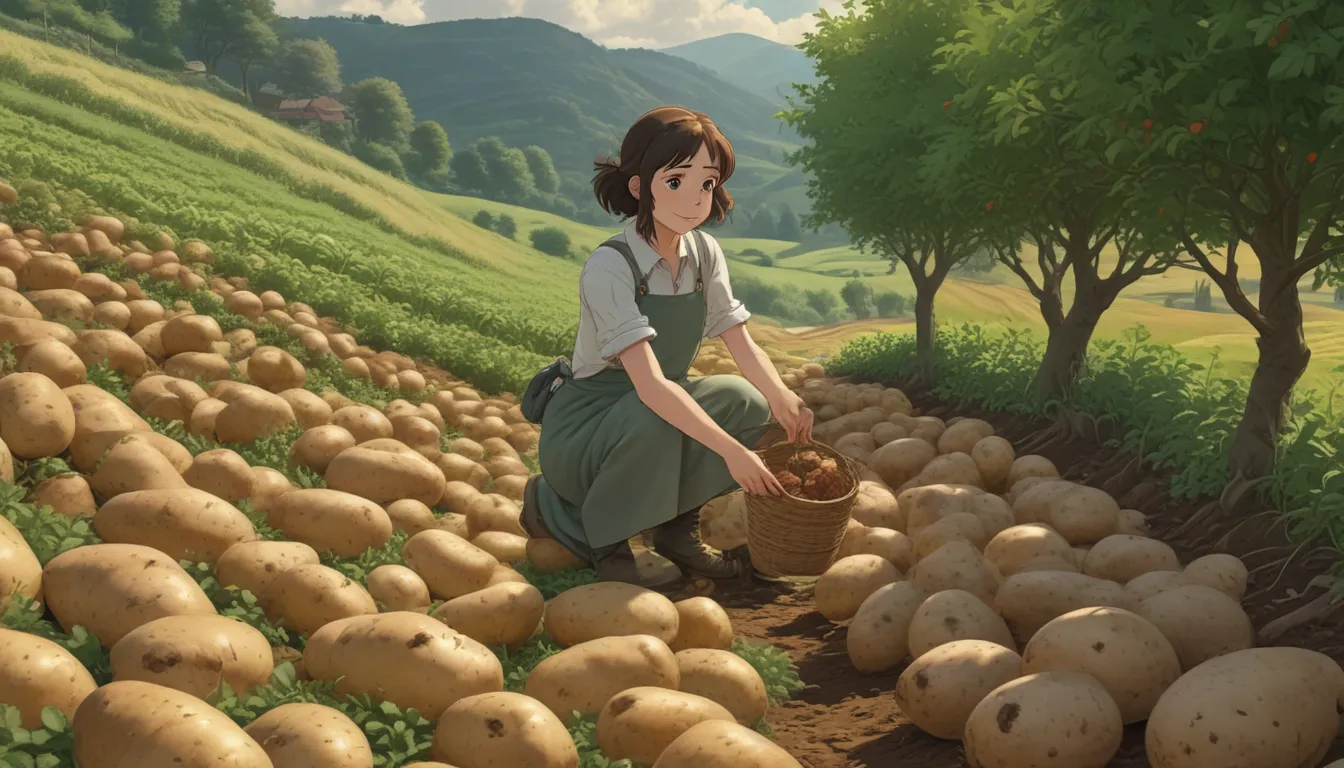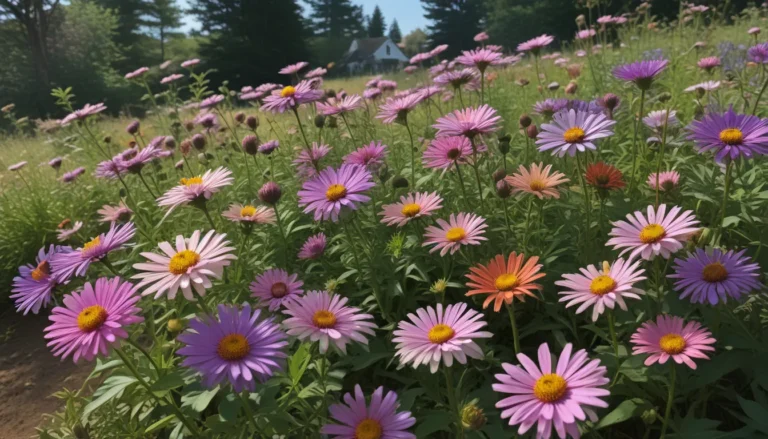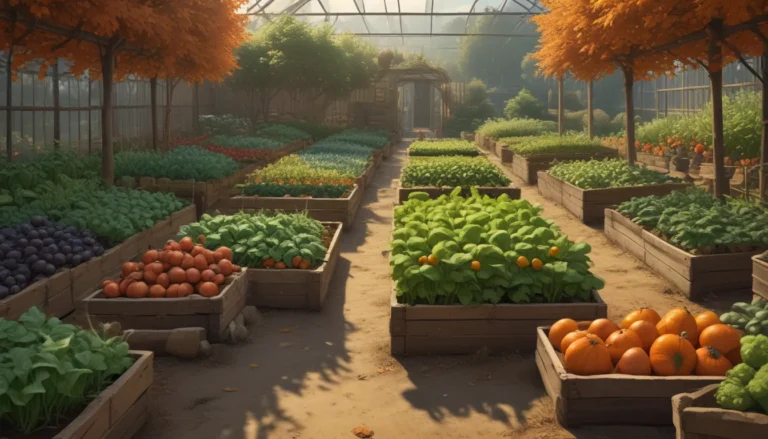Maximizing Your Homegrown Potato Harvest: When and How to Harvest for Optimal Flavor

Potatoes are a staple in many households. Have you ever considered growing your own? A fellow gardener once asked me if growing potatoes was worth it. Why waste time on a vegetable that seems so ordinary, especially when we can easily buy them at the store?
But let me tell you, there is something special about harvesting your own potatoes. Recently harvested potatoes have a tenderness, a silky texture, and a depth of flavor that makes growing them worth it.
Whether you have a large garden or just a small raised bed, potatoes can thrive and provide a rewarding yield in a variety of shapes, sizes, and colors. So, let’s dive into the world of potato growing and learn how to maximize your harvest.
What You Will Learn
- How to Harvest Your Potatoes
- When is the Optimal Time to Harvest
- The Importance of Hardening Off
- Proper Storage Techniques
- Additional Potato Growing Tips
How to Harvest Your Potatoes
When it comes time to harvest your potatoes, you have a few options for tools. You can use larger tools like shovels and pitchforks, or opt for hand tools like trowels and claws. However, if your soil is soft enough, using your hands can be just as effective.
Avoid using spades and shovels, as they can result in chopped-up tubers. Garden forks or hands are recommended for a gentler approach. If your potato plants still have strong stems, you can start by pulling them up.
To ensure you get all the potatoes, gently dig a few inches away from the base of each plant and lift the soil. Use your gloved hands to sift through the soil and collect every last potato. Be thorough in your search to prevent any from rotting or sprouting underground.
When is the Optimal Time to Harvest
For “new” potatoes, a delicacy to enjoy in midsummer, you can harvest when about a third of the greenery has started to yellow or die back. These potatoes are smaller and have a delicate skin that is easily damaged. They are perfect for immediate consumption.
If you prefer larger potatoes for storage, allow them several more weeks to develop. Be sure to check on your potatoes periodically to gauge their size and texture.
Once you determine your potatoes are ready, you can either harvest them all at once or as needed. Staggering your harvest can help free up growing space for additional crops and extend your potato supply.
Hardening Off for Long-Term Storage
If you plan to store your potatoes long-term, consider leaving them in the ground for up to a month after the tops have died back completely. This process helps harden the skins, making them more suitable for storage.
During this time, ensure the potatoes remain dry to prevent rotting or sprouting. If inclement weather is on the horizon, it’s best to harvest your potatoes earlier and continue the hardening off process indoors.
Proper Storage Techniques
After harvesting your potatoes, brush off excess dirt and store them in a cool, dark, and dry location. For short-term storage of up to 2 months, refrigeration is suitable. Wrap the potatoes well in plastic or store them in a zip-top bag to maintain freshness.
For longer-term storage, avoid washing the potatoes. Brush off any excess soil, let the potatoes dry indoors, and store them in a well-ventilated container. Dark, cool spaces such as a basement or pantry are ideal for extended storage.
Inspect your potatoes regularly for any signs of damage and separate smaller potatoes from larger ones to ensure optimal shelf life.
Additional Potato Growing Tips
1. Watch Out for Green Potatoes
Avoid consuming potatoes with a green tint on the skin. Exposure to light increases toxic alkaloids, making them unsafe for consumption. Store potatoes in a dark environment to prevent greening.
2. Avoid Eating Potato Seeds
The tiny green cherry tomatoes you may find growing on your potato plants are toxic and should not be consumed. Potatoes are propagated vegetatively, using seed potatoes for planting each year to prevent disease transmission.
3. Rotate Your Crops
To maintain soil health and minimize pests and diseases, rotate potatoes and tomatoes on a three-year cycle. Consider using compost-rich soil for optimal growth and consider swapping soil between potato and tomato growing areas each season to maintain proper rotation.
Final Thoughts
Growing your own potatoes can be a rewarding experience, from planting to harvesting and storing your yield. By following these tips, you can maximize your harvest and enjoy fresh, flavorful potatoes throughout the year.
So, grab your gardening gloves, find your pitchfork, and get ready to dig in! Share your potato growing experiences, harvesting tips, and favorite recipes in the comments below. Happy gardening!





